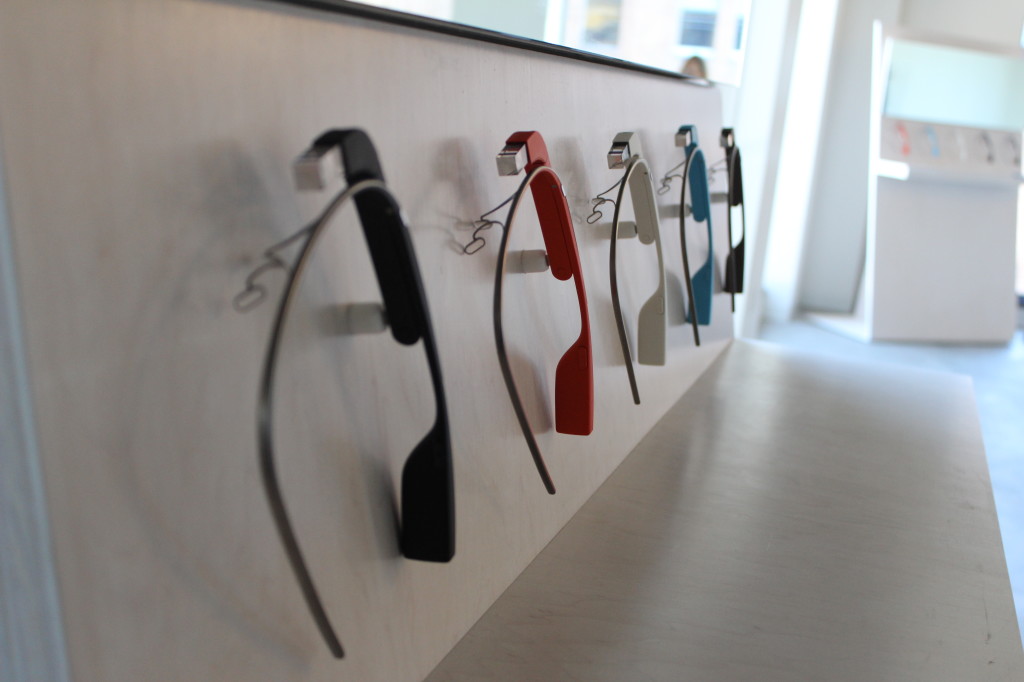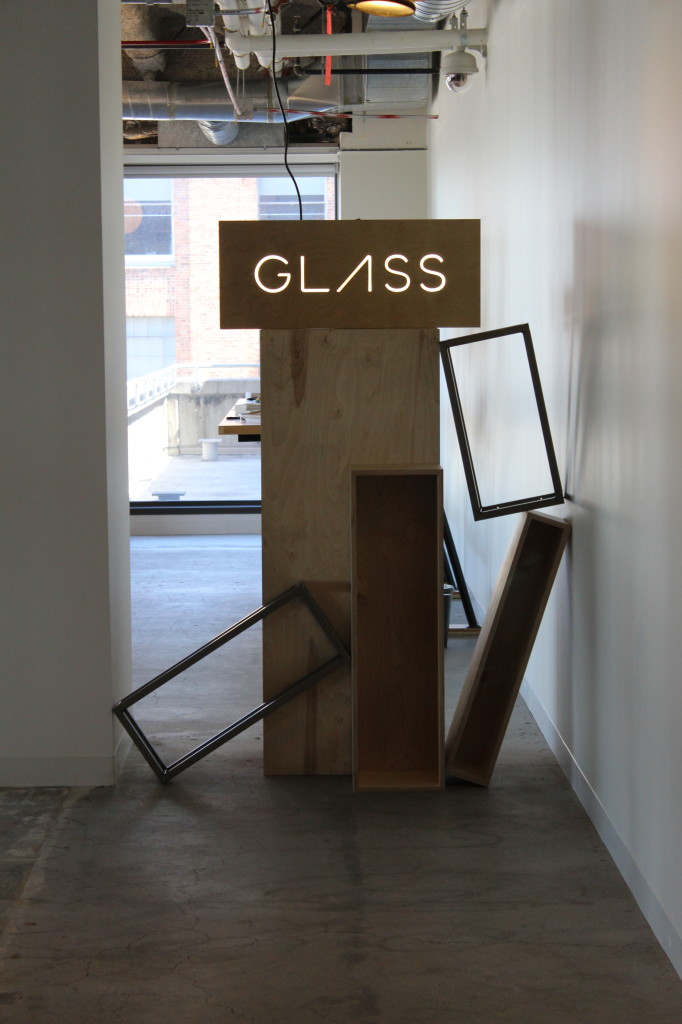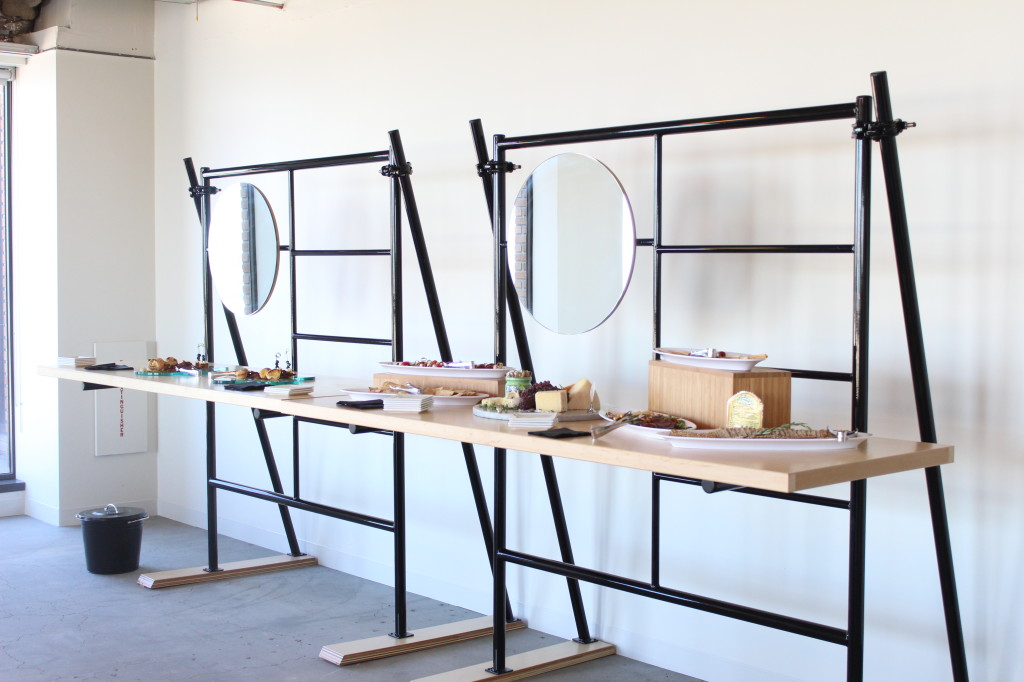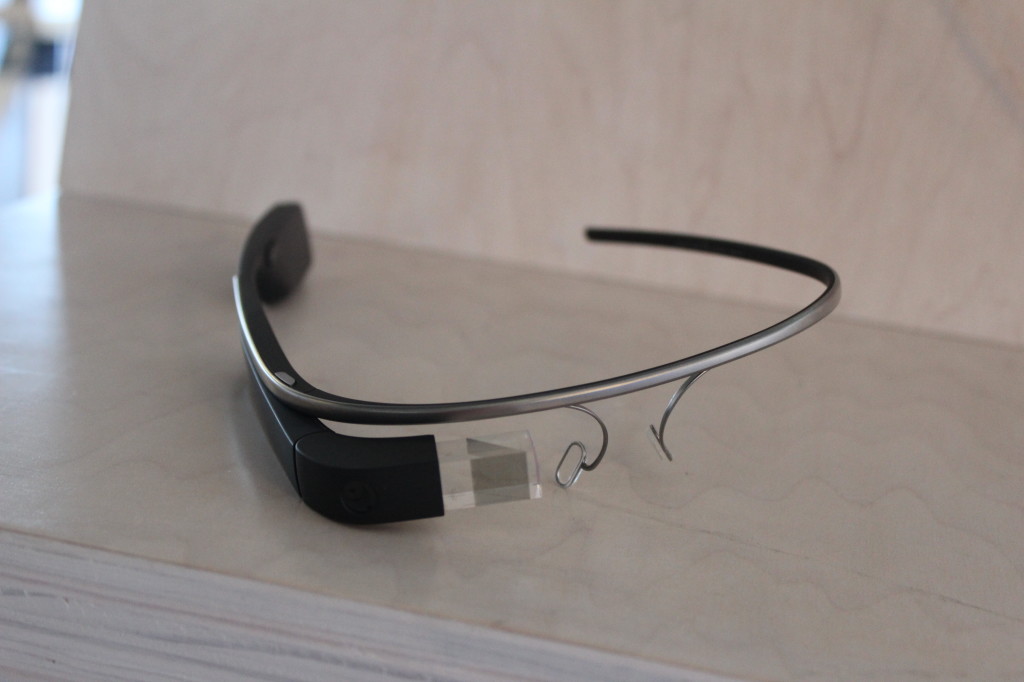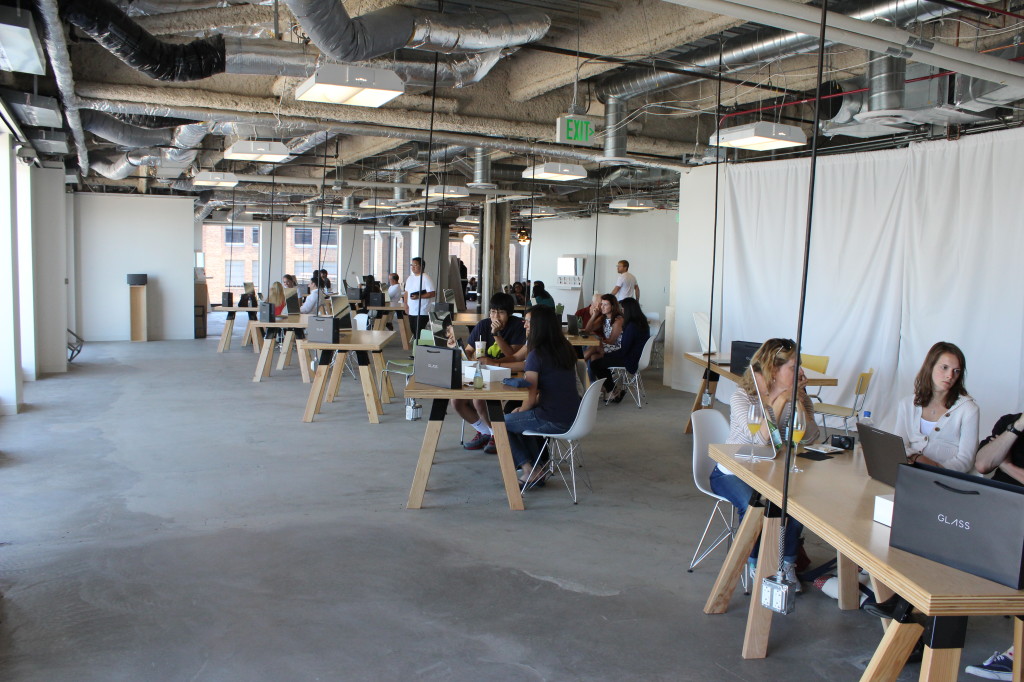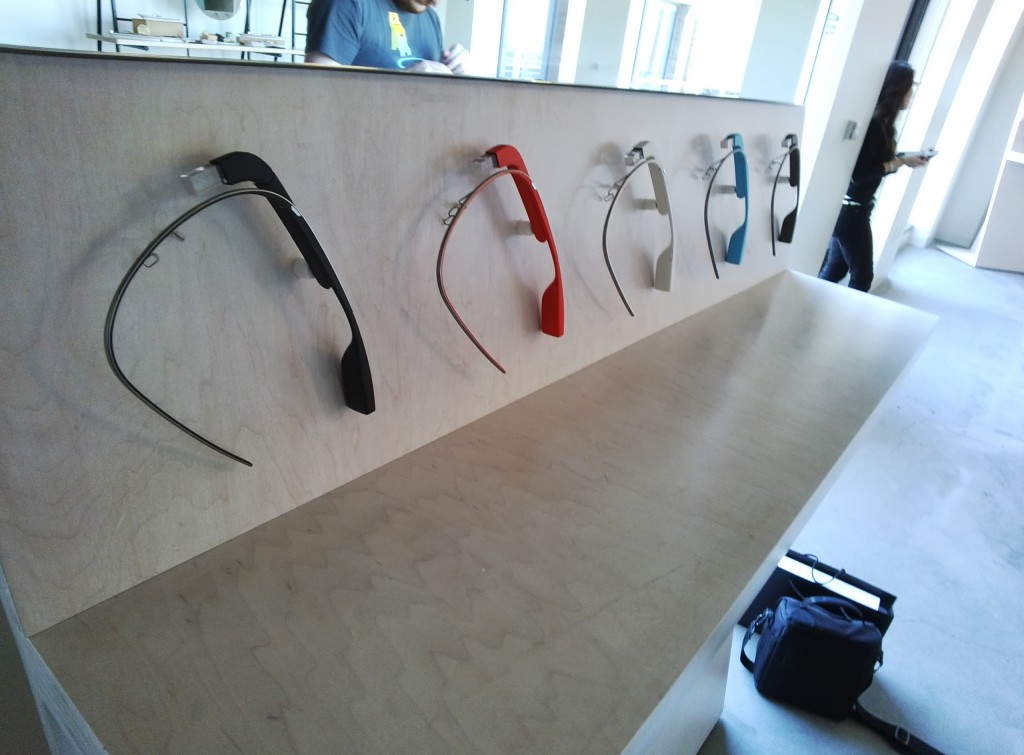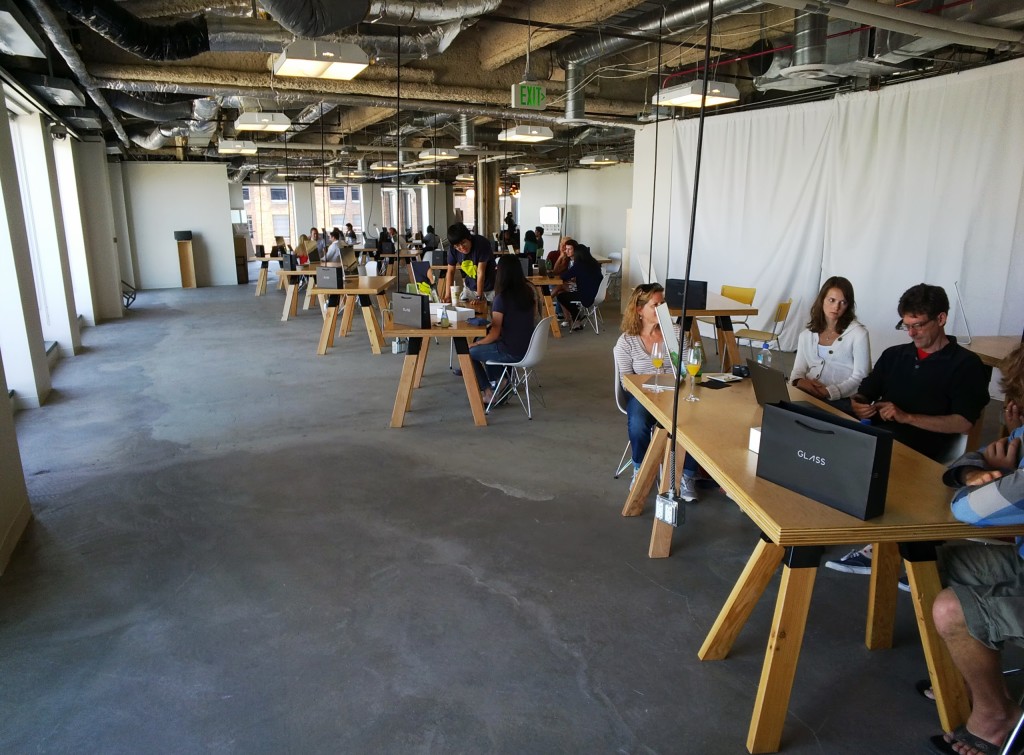A Recap
A bit over three months ago, I received an unexpected notification from Google, stating that
Hi, thanks for applying! We’d like to invite you to join our #glassexplorers program. We’ll be sending you a private message with more details in the coming weeks – keep an eye on our stream at Project Glass.”
I then waited patiently for an update from Google for a chance for me to get my Glass. And I waited…..and I waited….and I waited…..and waited some more. I saw Google send out notifications to last year’s Google I/O attendees who preordered one. I then saw people, one by one, pop up on Google+ after that stating that they had finally been notified that they were to get their glass, and that they were on their way to get them (or had just gotten them).
I continued to wait rather impatiently, until one day I received a surprise notification from Google, which I can’t seem to find on my page anymore (+Google Glass, did you delete that post off of my page after the fact?), that basically said (paraphrased):
It’s time to pick up your Google Glass! Please follow your special link to sign up and schedule your Glass appointment.
Woot! However, there was only one problem – I had to pay to flow out and get it. And from where I lived, it was about $500-$700 per person to fly out and get it. So, at a cost of bringing another person with me to pick up Glass, it was going to cost me in the ballpark range of from $2,500 to $3,000 just to pick up something still in early Beta phase, unreleased to the public. I had a month to decide, and boy did it take me all of that month to decide if I wanted to get Glass. I went back and forth, wondering if I’d have time to use it to its full potential, and if it was worth buying just to play with and develop lightly against. After a month, I finally decided:
Heck yes! It is totally and completely worth it, to be one of 8,000 Explorers to have Glass, and have something that a huge population is clamoring over each other to see and play with. I am a geek, and I would love to do this!
So I did! I clicked my link, paid my money, scheduled my appointment, purchased plane tickets, drove to the airport, and began my trip to go pick up Glass!
The Trip There
I decided to fly into San Francisco to pick up my glass. The airline tickets were the cheapest, I had some friends there who I wanted to see, and (most importantly), since I waited so long to sign up, it was the only place who had some openings left during the weekend for me to pick up my Glass, since I didn’t want to have to take vacation from work if I didn’t need to.
After arriving in San Francisco and making it down town to The Embarcadero district, I had the daunting task of figuring out where the heck to go. Google gave me instructions as to which address to go to, but nothing about how to actually find their office once I got there.
I arrived at the address, looked up, and noticed that there were some Google Chrome stickers on the windows of a few offices up on around the fifth floor (where I was supposed to end up). There was one problem, however – no elevators! And I was getting close to my designated fitting time to get my glass. I wasn’t going to have come all this way and spend so much money, only to miss my appointment because I couldn’t find a damned elevator!
After wandering for a few minutes, I finally found a security guard, who was kind enough to help me – someone who looked completely lost and helpless! After telling him who I was, and what I was there for, he graciously let me through locked doors to the front desk where I needed to check in. After checking in, I was shuttled upstairs to another checkin area, and finally ushered into a large room. There, in the front of the room right as I entered the door, was a large wooden sign, telling me I was in the right place – GLASS.
Woot!
The Delivery
After initially arriving, I was once again questioned as to who I was, and that I was where I was supposed to be. After authenticating for the third and finally time, I was directed to a waiting area, and was told that my guide would be coming out shortly, and to feel free to play with the display Glass at one of two display stations in the waiting room. There was also a large table full of a bunch of hor d’oeuvres for me to choose from. Unfortunately I wasn’t hungry, as I had just scarfed down an amazing sandwich from a place down the street. Fairly close to the table of snack’ems, however, was a lovely refrigerator, full of water, and beer! They even told me that there were a number of other drinks that I could request, if I was interested.
I wasn’t. I just wanted a glorious beer in the fridge! Thus began my saga of trying Glass, with an amazing beer in my hand!
Quenched of my thirst, I began trying out various colors of Glass that they had out on display. I had previously ordered the Charcoal color there. But, now that I had a chance to try them all on, the decision became much tougher. I kept going back and forth between the Charcoal and the Shale colors, and dabbled a bit with the Tangerine. One of the Glass Guides who was there directed me to the Shale, but eventually I ended up deciding to go with the Charcoal. I wanted something subtle that didn’t stick out too much, as I wanted to be a bit less noticeable walking around with Glass. After making my decision and choosing Charcoal, the initial guide who was with me left, and told me to wait until another guide came out with my Glass. This one would help me to do the fitting, and answer any questions about Glass.
Not more than a minute or two after she left, the next guide arrived, complete with my Glass! This is it, I thought. I’m finally getting glass!
The fitting started easily enough. The guide graciously opened up the box for me (damn tape!). She had a better ability than my short fingernails to carefully open up the tape on the box so that it didn’t damage the box. Once the tape was off, she graciously handed it to me so that I could have the honors of opening the box and opening Glass. After pulling the box off and opening it up and pulling the sticky paper back, there it was – my Glass!
The Fitting
The first step in our process was to make sure that the Glass fit right across my head. Everyone’s heads are different, and so it’s initially molded to fit the average person’s noggin. Fortunately in my case, it was just a bit too wide. When I messed with the touchpad on the side of Glass, it would slightly bounce up and down on my face. In order to correct this, the titanium frame needed to be slightly adjusted to better fit my face. I gave my Glass to the guide, who then proceeded to fold it into the shape of an X. HOLY CRAP!
She assured me that it was just fine. All one needed to do in order to reshape the frame was to bend it into a bit more of an extreme position compared to where it currently was, and hold it there for about 30 seconds. This would force the frame to reshape itself into the new shape, and that there was no damage done to it. (*PHEW!*)
I put it back on my noggin and once again played with the touchpad. This time it worked like a champ, and there was no movement detected at all. With that checked off the list, it meant that we were good to go!
I was told to press the power button, and let it boot up. I hit the power button, and about 5 seconds later, was greeted with a glorious “GLASS” display on my glass, right in front of my eye. AWESOME! Once Glass was booted up, my guide took me through the process of configuring Glass to work with my Android Phone (an older Galaxy Nexus – I can’t wait to upgrade!). She then had me log into my account on her Chrome Pixel, and set up WiFi and other miscellaneous access that way (Side note – the Pixel is nice, but I love my 13″ Retina MacBook Pro so much more. But that’s an entirely different blog post in itself!)
Once we were all set up, synced with my phone via bluetooth, connected to the Google office’s WiFi, and set up with my account, we were good to go! (Another side note – I am nervous to see my Verizon cellphone bill at the end of the month. I’m grandfathered on the unlimited data plan, which means I won’t see an absurd data charge. However, this also means I don’t have tethering for free. It’ll be interesting to see if Verizon sees the tethering traffic between my phone and Glass and tries to charge me for tethering, or if they just see the data traffic for the MyGlass app. We’ll see!)
My guide took me onto their balcony outside their office, overlooking a number of piers, and a beautiful view of the Bay Bridge. Once outside, I was walked through the steps of taking a picture, taking a video, making a phone call, and sharing pictures. I was able to do a few quick Google searches, and overall just getting a grasp of Glass itself. Once the guide felt that I had a comfortable grasp of Glass, she let me go on my way! 8 hours of flight time there, an hour of driving into San Francisco, and only a 30 minute fitting session, and I was let loose into the world with it.
And boy, did I not know what to do with it!
Author’s note – When I started this post, I had every intention of actually going in depth into the hardware and usability of Glass itself. Unfortunately, the fitting and travel took long enough, that I think it best if I break it apart into two separate posts. Stay tuned for a new post in the next couple days, giving a much more detailed experience about Glass! In the meantime, however, I’ve included a few pictures and video from the event, to give you a sneak peak of the quality of the pictures and video that can be taken from Glass. Enjoy!
– admin

